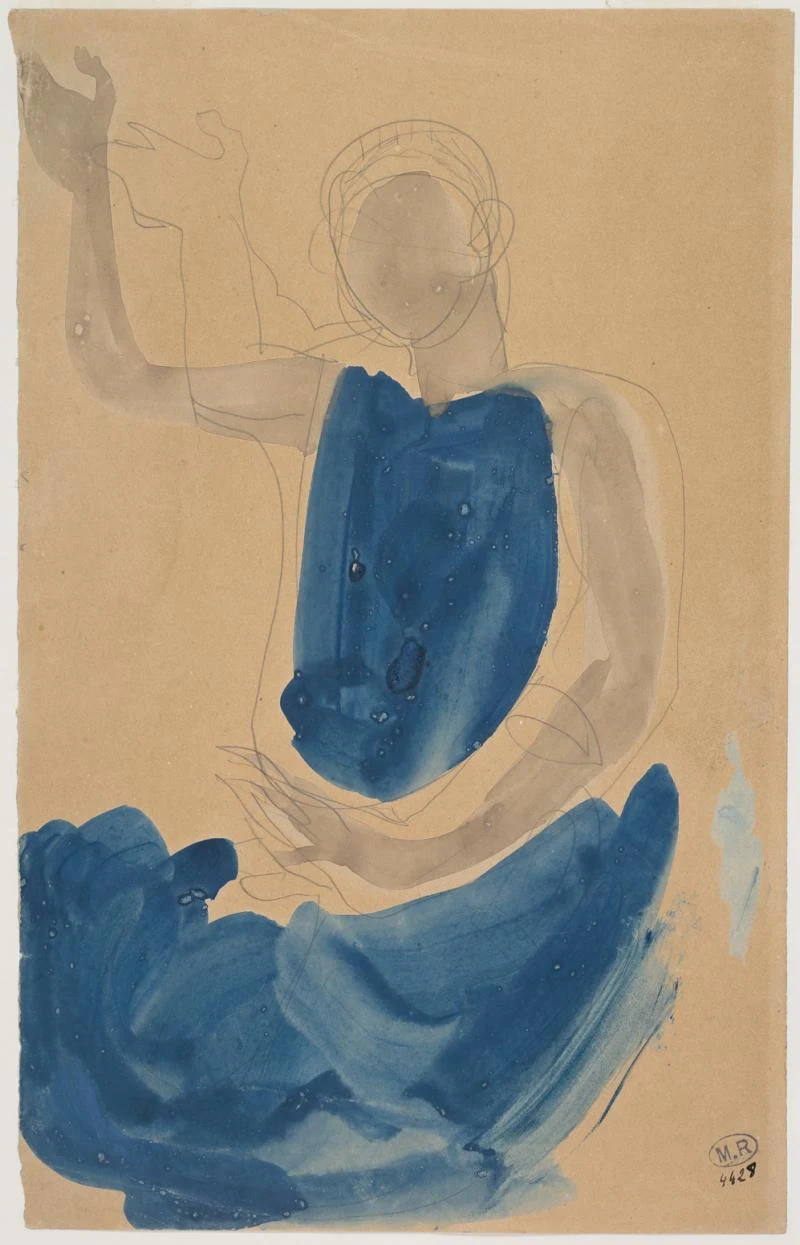Max Alfred Buri (1868-1915) was an Swiss painter. While still at school he was given drawing lessons by Paul Volmar (1832-1906) in Berne.
From 1883 he was a pupil of Fritz Schider (1846-1907) in Basle, where he became acquainted with the works of Hans Holbein the younger and Arnold Böcklin.
In 1886 he went to the Akademie der Bildenden Künste in Munich, transferring in 1887 to Simon Hollosy's painting school.












































.jpg)
.jpg)

































.jpg)
.jpg)












